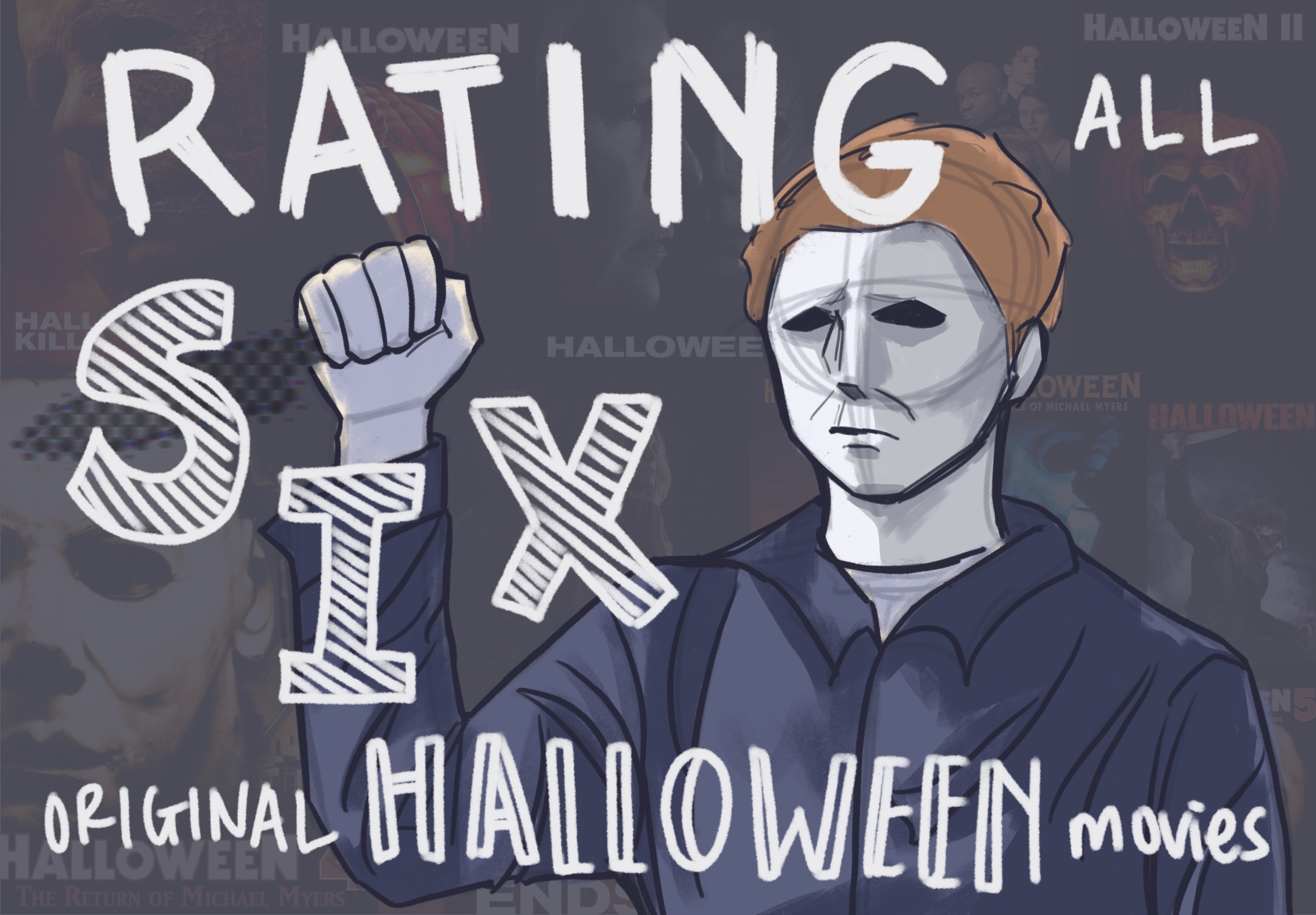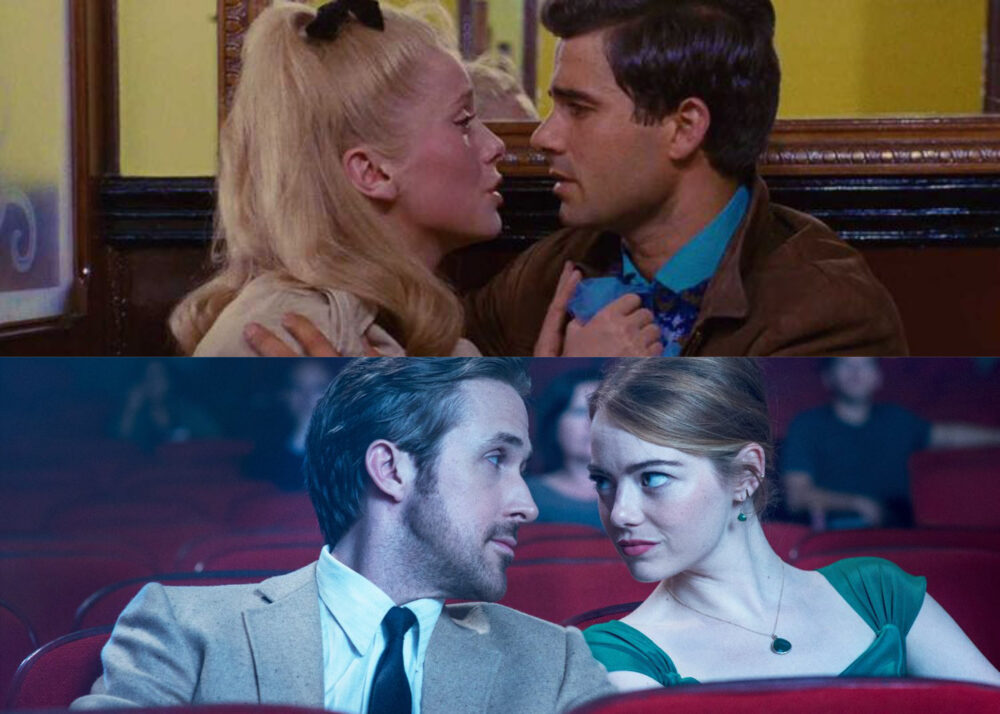
Geneviève and Guy (top) from the “Umbrellas of Cherbourg,” a 60’s French musical, and Mia and Sebastian (bottom) from “La La Land,” a 2016 American musical. Photo courtesy of Summit Entertainment and Madeleine Films.
By Natalie Tran
Writer’s note: This article may contain spoilers for “The Umbrellas of Cherbourg.” If you have not seen “The Umbrellas of Cherbourg” but loved “La La Land,” I highly recommend streaming the French musical right now and revisit this article after. I promise you won’t regret it.
“No movie has ever hit me more,” Damien Chazelle, the director of “La La Land,” told the Hollywood Reporter. “I remember seeing [The Umbrellas of Cherbourg] for the first time as a kid and going from annoyed—‘Are they really going to do this much singing?’—to utterly overwhelmed by the end. It was the combination of fantasy and realism that got me.”
Truer words have never been spoken—well, that’s coming from a “La La Land” fanatic like me.
“La La Land” is a blend of cinematic escapism and authenticity, a clash of dreams and reality. I have watched this film probably more than twenty times and I still never get tired of it. From the tour de force soundtrack to its flights of fancy, “La La Land” left me with tears in my eyes and a sudden fascination with jazz music.
What most viewers don’t know is that this concept actually originated from a 60’s French romantic musical “The Umbrellas of Cherbourg”—Chazelle’s favorite film of all time. I’ve recently had the opportunity to watch this gem of a musical to investigate the Easter eggs Chazelle placed into his Oscar-winning musical, whether they were included for cinematic techniques and fashion or acted as general plot points throughout.
For those of you who have not seen “The Umbrellas of Cherbourg,” the synopsis is fairly straightforward: teenage umbrella shopgirl Geneviève falls in love with garage mechanic Guy and becomes pregnant. Unfortunately, in the midst of the French-Algerian war, Guy is drafted for military service and must leave Geneviève.
The two share solemn oaths of love through the film’s theme song “I Will Wait for You” (English title). However, their pledge to one another is severed when Geneviève faces reality to marry a wealthy Parisian jeweler to her mother’s pleasure. Guy, who returns from the war heartbroken, goes on a drinking spree and eventually settles for his neighbor Madeleine.
At first, you may be thinking that it’s crazy to believe “The Umbrellas of Cherbourg” is similar to “La La Land,” a modern-day film devoid of war drama and unintended pregnancies. But if you take a closer look to reflect on the themes of both movies, you’ll see that they’re not so different from each other.
Let’s get into it and start with some of the more obvious Easter eggs Chazelle added to his film to pay homage to the French classic.
- Mia’s one-woman show “So Long Boulder City” featured a main character named Geneviève, the same name as Catherine Deneuve’s character in “The Umbrellas of Cherbourg.”
- If you paid attention to when Mia showed Sebastian the “Casablanca” window, you would see that the storefront below it has a “Parapluies” sign. In “The Umbrellas of Cherbourg,” Geneviève worked in a parapluies (umbrella) shop along with her mother.
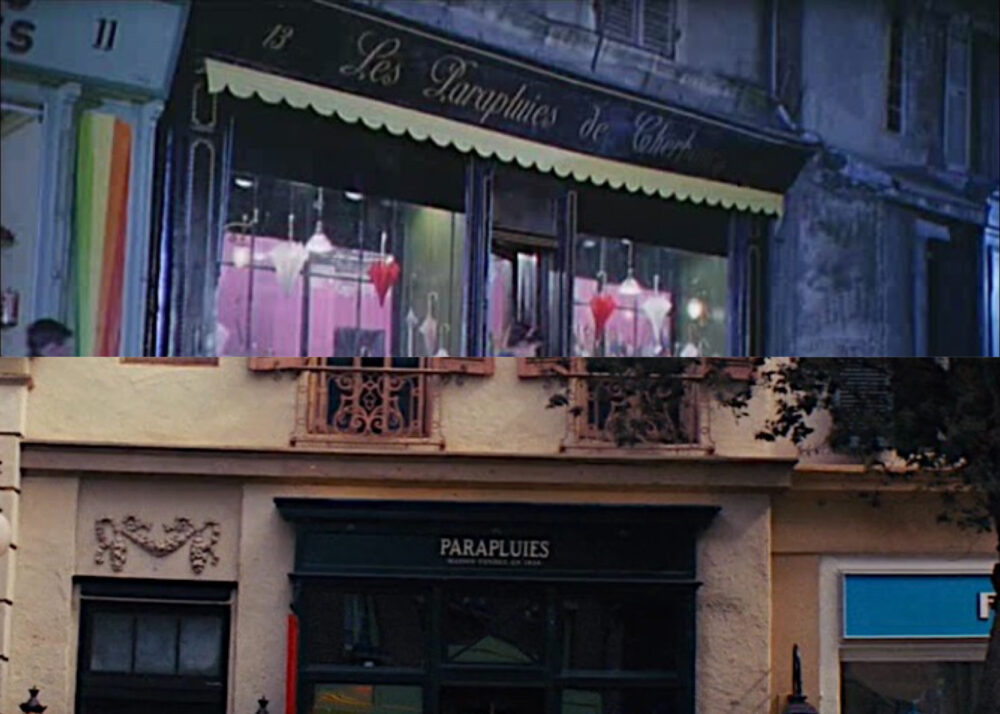
- The Summer montage in “La La Land” is named “Madeline,” which is the name of Guy’s neighbor in “The Umbrellas of Cherbourg.”
- The fashion in “La La Land” was often similar to that of “The Umbrellas of Cherbourg” and is most apparent in the color of clothing.
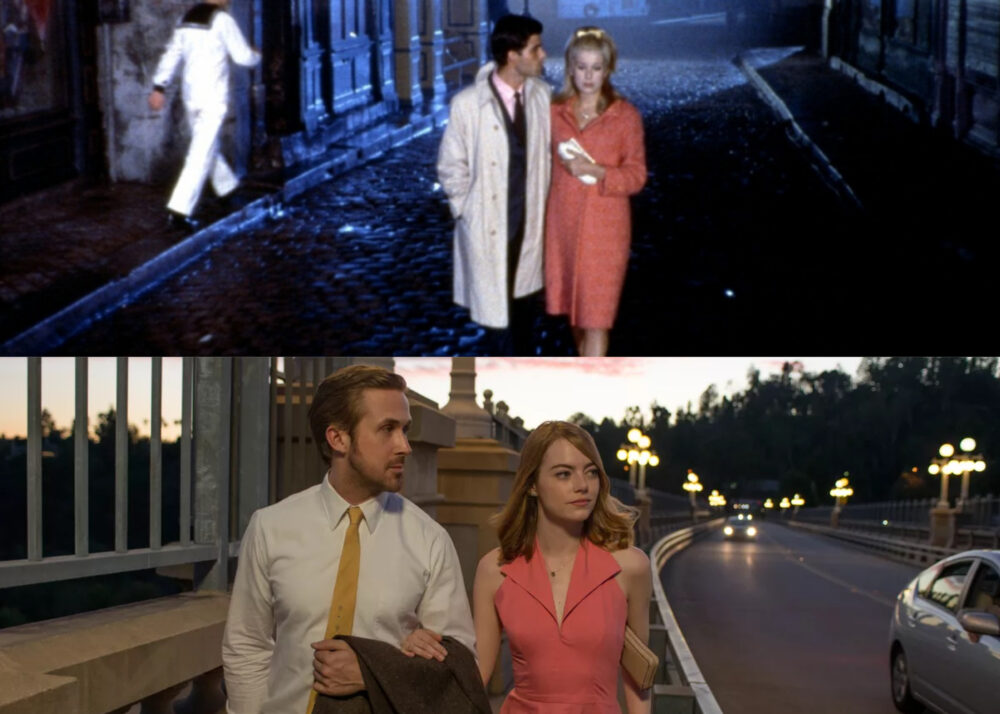
- Like Geneviève working in her mother’s parapluies shop, Mia also has an unhappy job working at a coffee shop. This goes for Guy and Seb too. Guy is a garage mechanic dreaming of opening his own garage one day while Seb is a pianist dreaming of opening his own jazz club in the future.
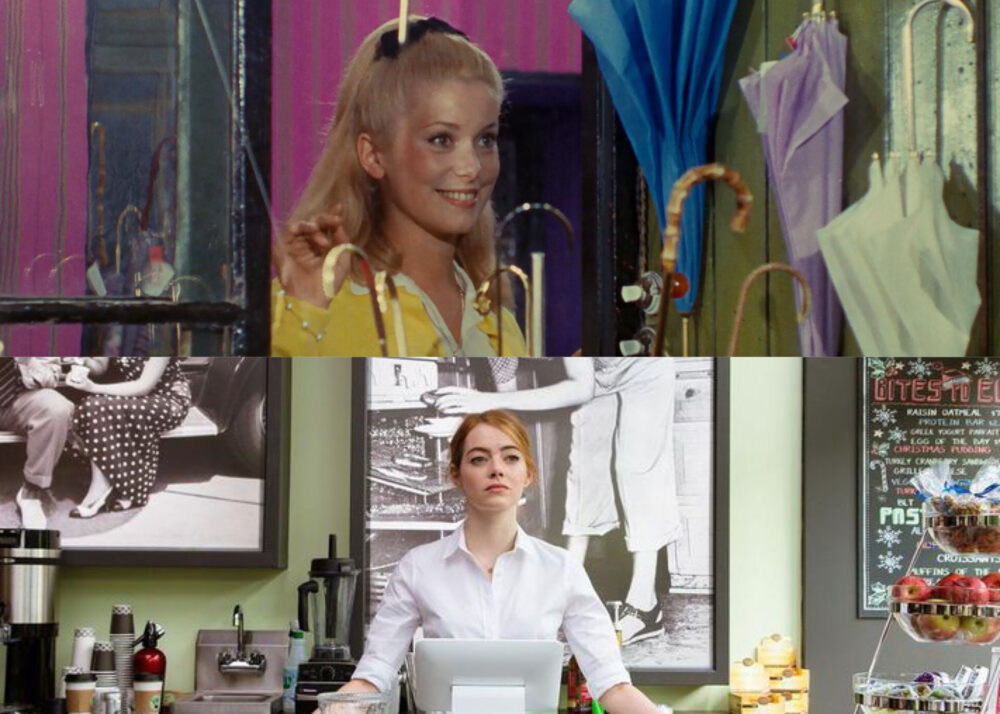
There are references most viewers might have missed, where I, for one, also had to delve deeper into reading and research to discover these hidden messages.
- La La Land’s Summer montage theme has a similar melody to one of the songs from “The Umbrellas of Cherbourg.” Don’t believe me? See for yourself and listen to “Summer Montage/Madeline” from “La La Land” and “La Terrasse Du Café” from “The Umbrellas of Cherbourg.”
- In both films, both couples had some sort of remnant of each other in their final scenes. In “La La Land,” Sebastian decided to name his jazz club “Seb’s,” which was the name Mia had suggested when they were together. In “The Umbrellas of Cherbourg,” Geneviève decided to name her child “Francois,” which is the name she and Guy had discussed before Guy fled to Algeria.
- In the final scene of “La La Land,” Mia wore a black dress when she visited Sebastian’s jazz club. Similar to “The Umbrellas of Cherbourg,” Geneviève wears a black dress when she meets Guy at his gas station. It seems as if all color has faded in both characters’ clothing as they have their final encounter with their former flames.
Despite all the similarities, Chazelle was able to add a touch of his own unique style through the film’s final scene.
Mia and Sebastian, in my opinion, have a happy ending. When they meet after five years at Sebastian’s jazz club, Sebastian plays their theme. Before Mia leaves the club, they exchange a smile as Mia lets him know that she had recognized the melody he played and had remembered the time they had together. It’s not a bitter finale like “The Umbrellas of Cherbourg” had, but rather a bittersweet one that touches the heart of the viewer either way.



